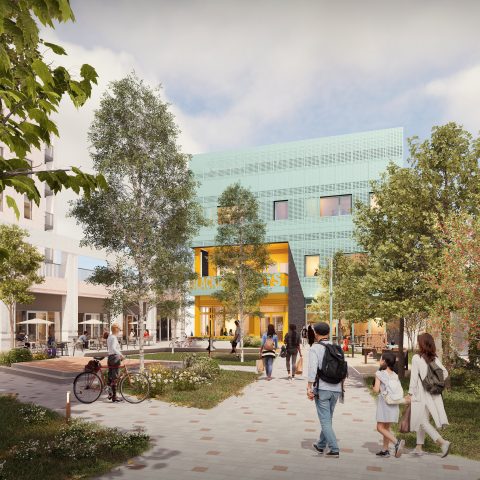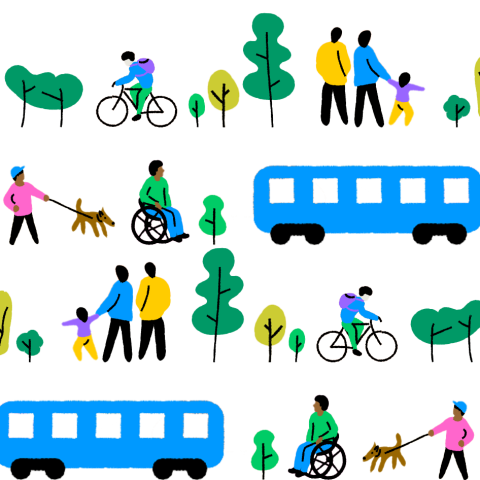In 2020 we were commissioned to prepare and agree a public engagement plan and hold a series of public engagement activities to inform a new masterplan and the wider regeneration of the Covered Market. The Covered Market is the original central market within Oxford City that has been operating since 1774, and was described as the “Jewel in Oxford’s crown”.
The engagement occurred during the COIVD-19 pandemic and Transition by Design worked effectively with different stakeholders including the architects, Gort Scott and client, Oxford City Council to ensure the original objectives for the engagement were achieved through an adapted online format. Transition by Design designed, executed, and captured the content from the four workshops with different stakeholder groups, translating these into a thorough report and set of design principles.
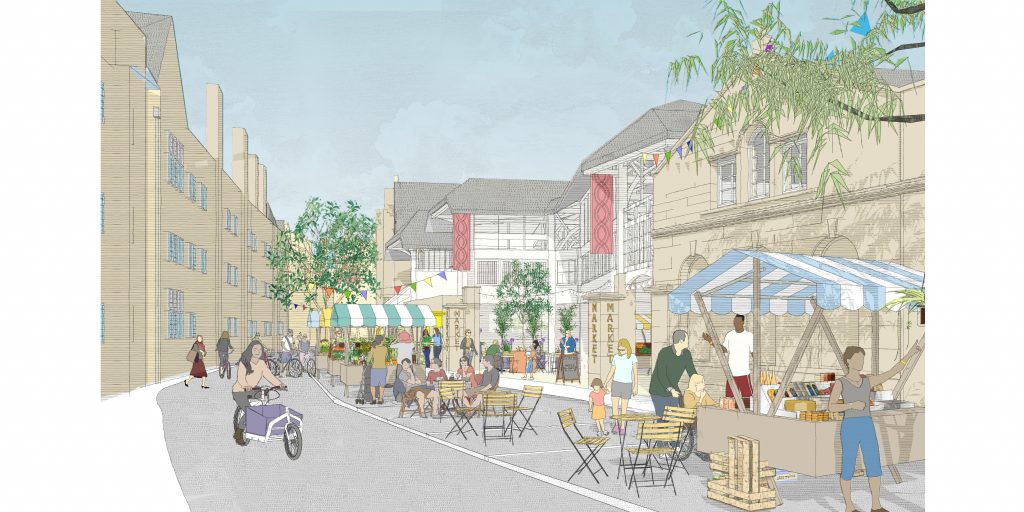
Championing a diversity of voices
Early on Transition by Design identified the need and championed the shared desire of having a diversity of voices represented in and informing the earliest design stages. Using its extensive local networks and trusted relationships developed over a decade of working in the city T/D reached out to several key stakeholders, and to underrepresented groups across Oxford to participate in the workshops.
During our research, it came apparent that there were groups of people who did not visit the market. The market was seen as a predominantly white space, that there wasn’t much to do for the younger generation and that people perceived the space as expensive. These were the groups of people we needed to target during our engagement research and to find out the reasons why and how we could help with inclusion.
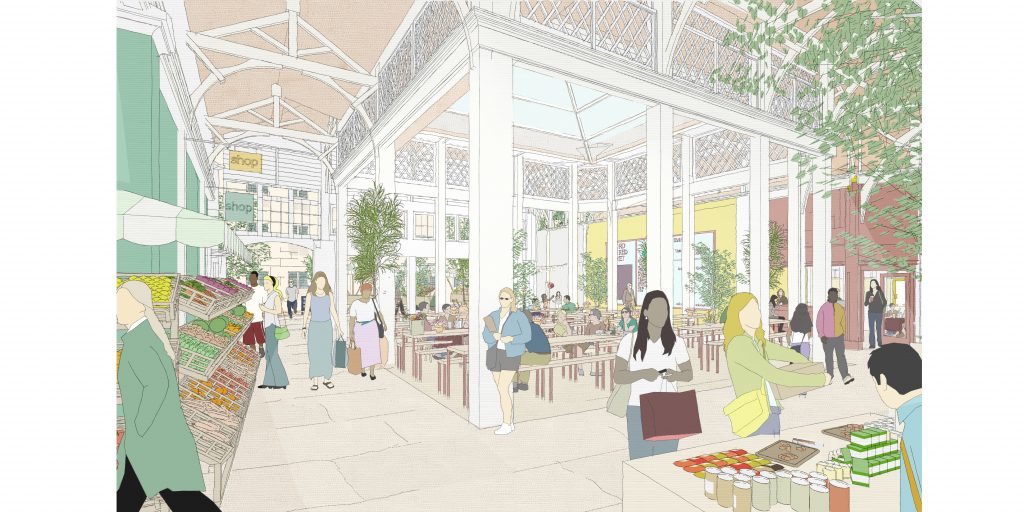
The Master Plan
Transition by Design developed design principles and key insights that arose from the public engagement which are successfully informing the master plan design development. The information gathered was captured within a report delivered to the city council which received widespread positive feedback. The key things we heard during our engagement were:
- The city centre can be alienating for those with little money and there was a deficit of places to stop and relax without feeling pressurised into spending money.
- The market felt hidden, its signage unclear and its entrances perceived as dark and foreboding.
- Restricted opening hours of the market contribute to the perception of a lack of activity in Oxford’s night time economy.
- Central to many peoples minds was the Climate Emergency and they wanted an understanding of how the redevelopment would fit with a low-carbon 21st Century Oxford.
- Participants enjoy the prestige that comes with living in this city, but they struggle to find rare publicly-accessible spots in the city where anyone could access Oxford’s historic and world-famous architecture.
There was still a desire for the physical experience of shopping. We heard how important markets are for the daily goods that you want to squeeze and sniff as well as for the unique and exceptional one off purchases. It was therefore important to make sure that the space included a unique make-up of traders, mostly independent and locally owned. This is a much loved and essential part of the Covered Market.
Within our proposal we wanted to address these points. We used the information of those who had engaged with us in order to create a proposal to transform the Covered Market into a space for all. Our proposal included:
- A new public square to flood the area with natural light and ventilation.
- To make the space more welcoming by opening up the entrance to the high street with improved and clear signage.
- Electric vehicle charging points.
- New opening hours which would include evening hours.
- Preserve and enhance the existing building.
- To place it at the heart of a bustling and beautiful public realm
Transition by Design were also commissioned to produce a blog-write up and ongoing social media and communications to activate interest from those across the city demonstrating how an integrated engagement and external communications plan can help to broaden interest and engagement in a design process. You can read more about what we heard and our proposals here.
What does the Covered Market look like now?
The market is the location where different cultures and experiences meet, in one space. The Covered Market is a place to explore and celebrate this differences, providing a site of mutual encounter through different uses. This is further exacerbated by a lack of space to dwell in Oxford City Centre.
Due to changing retail trends in the 20th century, the market has reduced its units from over 100, to approximately 60 units (with a diversification of retail to goods, services, and hot food). There have been extensions to opening hours, such as including Sunday trading and trading on bank holidays, but there are aspirations from the council to explore later opening times in the week.
Makespace Oxford through the Meanwhile in Oxfordshire programme has enabled other organisations to have a space within the Covered Market. Oxford City Council announced that 6 new retailers had joined the Covered Market in the space of 6 months, 3 of which took advantage of the Meanwhile scheme. A couple of examples of the retailers include:
- The Woolhound which is a small, female owned business selling British wool and wool from local independents is now in the Covered Market. The owner was able to take advantage of the Makespace Ofxford’s scheme to turn her hobby into a business. She runs classes on how to knit and crochet too, offering a quiet but sociable space. Here’s a video from Jess at The Woolhound where she examples how helpful the meanwhile scheme has been for her, and that a grant helped her hugely.
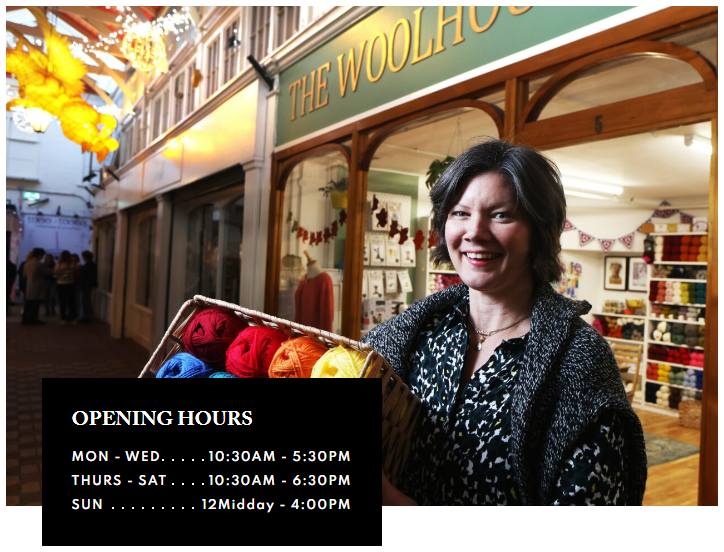
- Y.O.U Oxford a sustainable underwear business which set up its first shop with thanks to the Meanwhile programme. They are the UK’s highest scoring BCorp and highest-scoring ethical fashion brand globally. It has allowed Sarah (the CEO and founder) share more sustainable products from other small businesses and local makers, and support other local business.
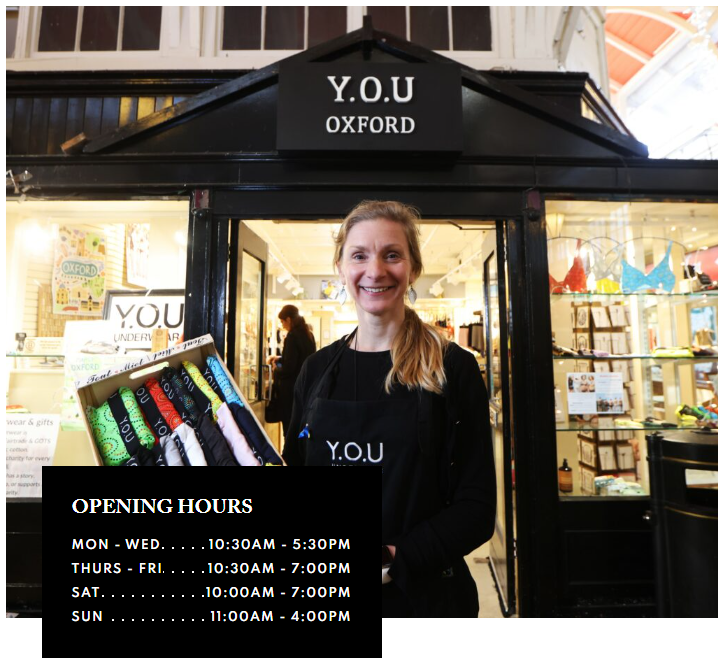
In February 2023, Oxford City Council approved almost £7million work of funding to revitalise the Covered Market. This will include a ‘Pedestrian-Friendly’ Space on Market Street as well as a new communal space which will open onto Market Street, and it also includes improved entrances. We’d call that a success!


